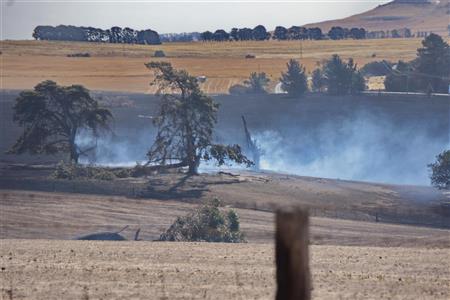Water storages of the northern Murray-Darling Basin are 18 percent higher than they were during the record-low levels of this time last year, but caution remains about the summer ahead with northern dams averaging 26 percent capacity, having missed the recent rain that fell in the south.
In the latest Basin in Brief, MDBA Senior Director of River Connectivity Matthew Coleman said while the southern Basin was reaping the benefits of a relatively wet winter and moderate spring, the north was far from calling an end to the drought.
“It’s been a story of two Basins. At the close of 2020, farmers and communities in the north are still doing it tough. In contrast, good rain in the southern Basin has storages at 69 percent and some areas are on track to produce record-breaking crops, according to the Australian Bureau of Agricultural Resource Economics and Sciences,” Dr Coleman said.
Dr Coleman said some of the rain expected with the La Nina arrived in the south but was trumped by short-term weather patterns that drove recording breaking heatwaves right across the Basin.
“Communities have sweltered through recent unseasonably hot conditions-places such as Mildura in Victoria and Mungindi on the NSW-Queensland border reached 46 degrees. Many of the rivers in northern New South Wales and southern Queensland are struggling with low or no flows after below-average November rainfall.
“The rains in early 2020 provided some much-needed relief for the rivers of the northern Basin, but recent weather conditions have reduced some parts of the river system to a series of disconnected pools, such as the Barwon-Darling and the Border Rivers, which affects community wellbeing and the health of the natural environment.
“According to the Bureau of Meteorology, reprieve for the Gwydir, the Border Rivers, Barwon-Darling and far northern rivers such as the Condamine-Balonne may come with rain over the next couple of months, which is usually the best time of year for inflows in the northern Basin.
“Wherever you are, if you’re using the local river for work or play in the holiday period, we recommend that you keep a watch on water quality, as incidents of blue-green algae are on the rise as the weather heats up and there’s potential for hypoxic blackwater.”
The Basin in Brief is available on the MDBA website.







